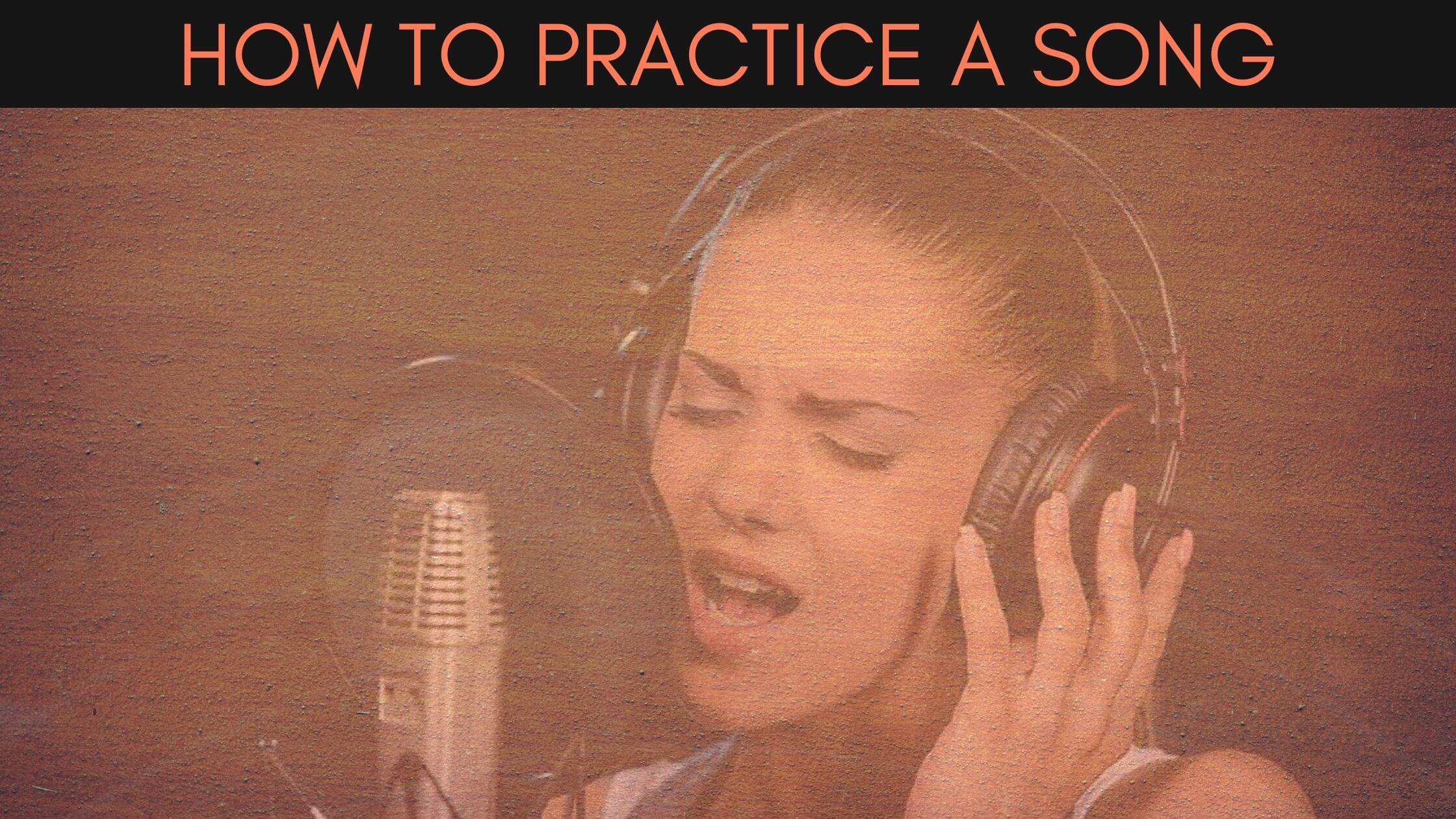30 Day Singer Blog - archives - page 11
Sing With More Confidence In 5 Minutes!

This week, 30 Day Singer instructor Abram Poliakoff will show you how to build singing confidence. Singing in front of other people can be a nerve-racking experience. However, there are plenty of ways to prepare yourself to sing with confidence.
What is a ‘Performer Mindset’?

In today’s piece we dive into such an important topic that bridges between both voice acting and singing. In this article we will answer the common question many talent ask their coaches: What is a ‘Performer Mindset’ and how do I train to enter into that space?
All About Falsetto

Falsetto is a term used to describe the higher register of the voice. It is often described as sounding "high-pitched" or "thin." In order to use falsetto effectively, it is important to be able to produce a good deal of vocal resonance. This can be accomplished by learning how to control the larynx muscles or voice box.
Can Anyone Learn To Sing?

Despite what you may have been told: yes, anyone can learn to sing. Let’s talk about why that’s true, but first: why so many people think it’s not! People think singing is an inherent ability, something you need to be born with, because some people seem to have it and others seem not to. You’ll often hear phrases like “Oh no, I can’t sing!” or “She can really sing!” But think about applying that same mentality to another skill, and the logic begins to fall apart.
Larynx Function

Learn about the function of the larynx, and its role in singing. The larynx is part of your respiratory system. It is a hollow tube, approximately 2 inches long, that lets air pass from your throat to your trachea on the way to your lungs. Because it houses and protects your vocal folds (vocal cords), sometimes it’s referred to as the voice box.
Vocal Exercises

Learn some of the most popular vocal exercises and melodic patterns used by singers and voice teachers today including the straw technique, 'NG,' "woo-woo," arpeggios and much more!
Perfect Pitch

Absolute pitch is the ability to identify pitches by ear. Perfect pitch is the ability to sing specific pitches without reference. Because these skills go hand-in-hand, and most people use them interchangeably, it’s safe to assume that if you have one, you have (or can easily develop) the other. A person without musical training could have perfect pitch and not know it!
Solve Your Intonation Issues

Staying on pitch isn't as easy as you might think. There are a variety of easy techniques you can use to improve your pitch, and your ability to hear pitches. Here are 5 simple steps you can take to ensure your pitch is spot on!
How To Choose & Work On A Song

Choosing the right song for your voice and style can be a bit difficult. There are a number of things to consider when working on new songs. We break it down for you from how to choose a song, how to practice the melody and lyrics, troubleshooting and stylization.
Food, Drink and Medication: What Impacts Your Singing Voice

Why do people say you should drink a certain tea or avoid dairy before singing? Because everything you ingest impacts your body, including your vocal folds! This article covers the most important things for you to consider when it comes to singing and your diet.

